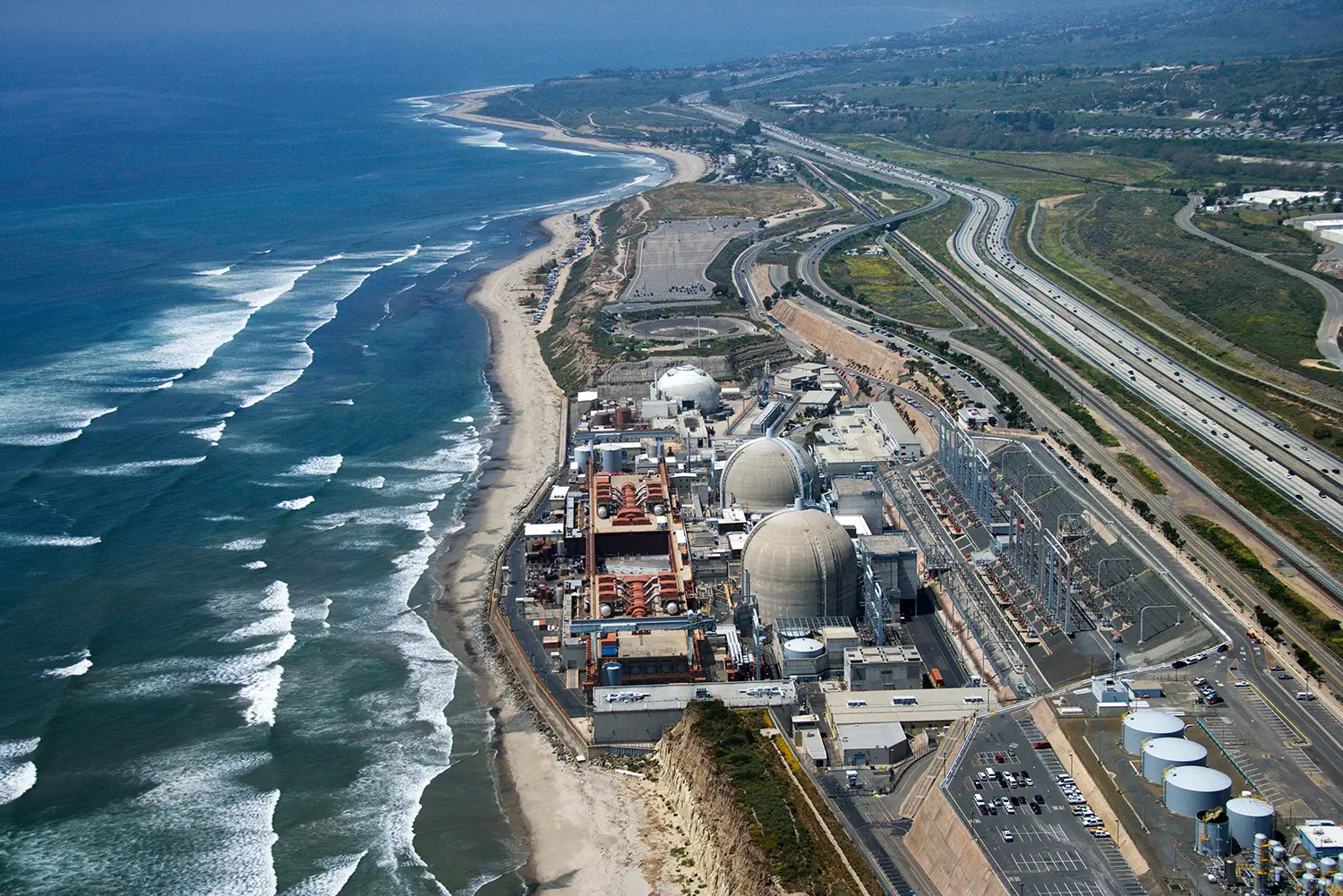
In the race to dominate artificial intelligence, tech giants like Amazon and Google are investing billions into nuclear power, branding it as a “clean energy” solution. But beneath the PR-friendly rhetoric lies a False Solution—one that prioritizes corporate profits over public safety, environmental responsibility, and energy justice. With the Department of Government Efficiency (DOGE) already gutting the Department of Energy (DOE) and consolidating power in the hands of a few, this shift towards nuclear exposes troubling questions about accountability and ethics.
Amazon, through its cloud division Amazon Web Services (AWS), announced a massive $500 million investment in nuclear energy to fuel its AI-powered future. The company is funding three nuclear projects across Washington, Virginia, and Pennsylvania, with the goal of scaling up to 960 MW of nuclear power.
Amazon’s justification? Nuclear provides a “reliable, zero-carbon energy source.” The reality? It is a Real Problem masquerading as a Real Solution—ignoring the well-documented risks of nuclear waste, catastrophic failures, and the immense costs of decommissioning reactors.
For more on Amazon’s nuclear expansion, see: New York Post
Google has also jumped on the nuclear bandwagon. In October 2024, it announced a partnership with Kairos Power to develop seven Small Modular Reactors (SMRs) in the U.S., aiming to generate 500 MW of power by 2035. The move is framed as part of its commitment to “clean energy,” but what Google fails to mention is that SMRs remain largely unproven at scale and bring their own unique safety and proliferation risks.
Why is Google so keen on nuclear? Perhaps because CEO Sundar Pichai donated millions to Trump’s campaign, aligning Google’s energy interests with an administration eager to deregulate nuclear and gut environmental oversight.
For more details: Wall Street Journal
In November 2024, the Federal Energy Regulatory Commission (FERC) denied Amazon’s proposal to source additional power from the Susquehanna nuclear plant for its data center in Pennsylvania. The commission cited potential impacts on grid reliability and increased public power costs as primary reasons for the rejection. This decision underscores the risks associated with tech companies monopolizing energy resources at the expense of public infrastructure.
For more details: Reuters
The Department of Government Efficiency (DOGE)—the Trump-led agency responsible for streamlining federal operations—has already fired 11% of the DOE workforce (about 1,800 employees), targeting climate and infrastructure experts. This conveniently weakens oversight, making it easier for companies like Amazon and Google to push their nuclear agenda without meaningful public scrutiny.
Read more: Senate Appropriations Committee Report
While FERC has so far resisted tech giants’ aggressive nuclear expansion, legal experts warn that it may not remain independent for long.
Despite not being directly targeted by DOGE’s restructuring efforts, ongoing efforts to expand presidential authority over independent agencies could threaten FERC’s autonomy and regulatory power. If the administration succeeds in consolidating control over agencies like FERC, decisions such as the rejection of Amazon’s Susquehanna deal may become a thing of the past—paving the way for unchecked corporate energy takeovers.
For more details: Law360
What’s most infuriating about Big Tech’s nuclear push is that Better Solutions already exist. Tech companies could invest in large-scale solar, wind, and storage to meet their AI energy demands without the risks of nuclear waste or radioactive contamination.
Instead, Google and Amazon opt for nuclear because it consolidates power in fewer hands, creating an energy system where they control generation, distribution, and pricing. This isn’t about sustainability—it’s about monopolizing the energy market for AI dominance.
The path forward isn’t nuclear. The Real Solution is a renewable-first energy strategy that prioritizes people over profits. This means:
Tech billionaires shouldn’t get to decide the future of energy in a backroom deal with a deregulated government. If we want a truly sustainable future, we must push for energy solutions that work for the many, not the few.
02/17/2025 – Written by the FalseSolutions.org Team